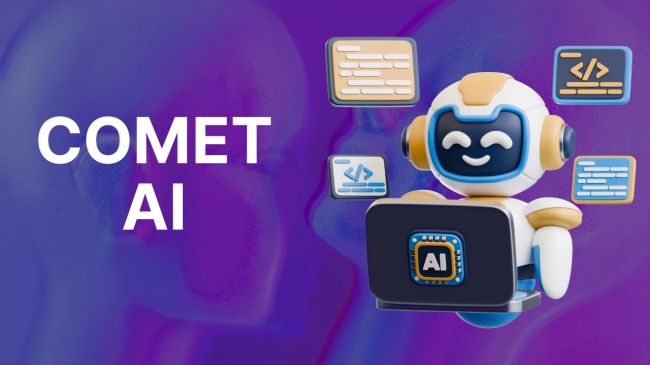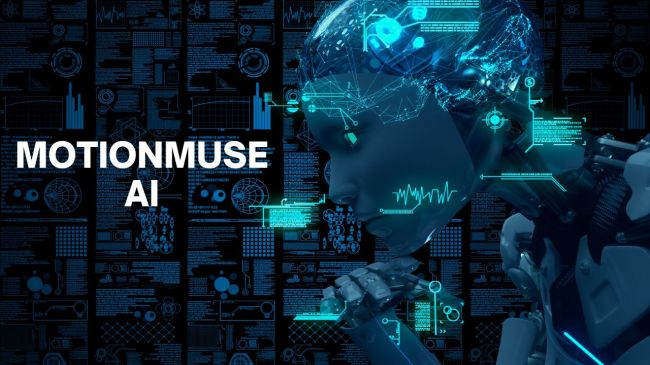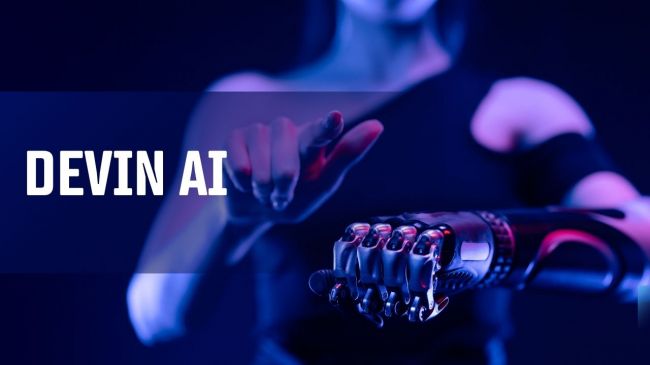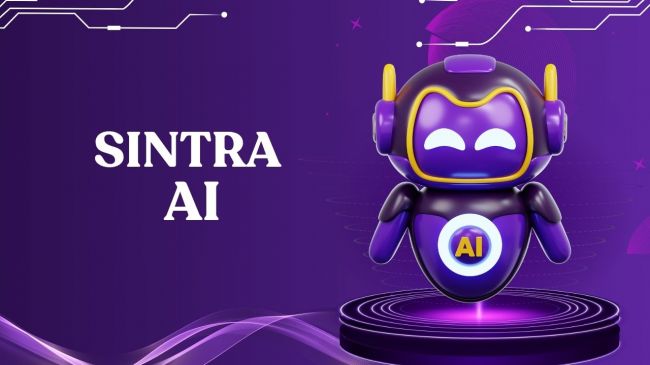Society’s understanding of reality is continuously changing due to the rise of AI-generated videos. Viewers are left asking if we are losing touch with reality. This article analyzes the recent advancements in technology that are changing video content and explores the most important cinematic tech trends. It will even look at how hyper-realism impacts daily life, like media consumption or the introduction of a new pet into the family.
Smart Video: From Novelty to Noise
Deepfakes and Psychological Ripples
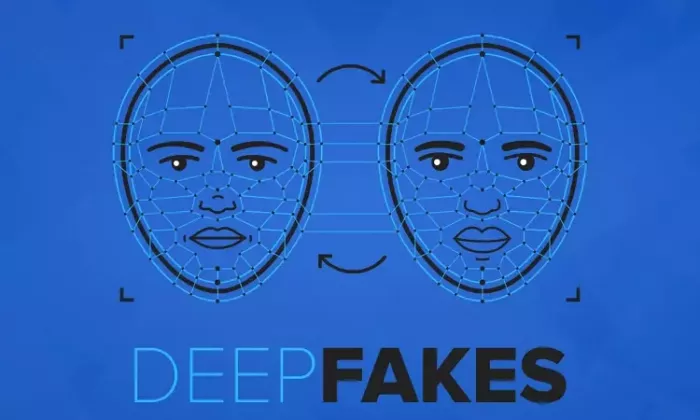
Deepfake technology has advanced to the point where it can accurately replicate both faces and voices. It can even create videos of staged news events or scenes that never happened, which poses a threat to social trust and misinformation.
Research in psychology shows that users vastly overestimate their ability to detect lies. Instead of being able to identify deception easily, the majority struggle to identify real footage and synthetic imagery, which makes them susceptible to deception.
The Uncanny Valley and Cognitive Discomfort
The hyper-realistic AI-generated faces and videos can trigger feelings of discomfort. When videos and images become hyper-realistic, these forms of media can also lead to mental fatigue and lowered trust in visual sources of entertainment.
Filmmaking Changes With AI Technology
Real-Time CGI and Virtual Production
Game engine technology has now enabled entire scenes to be shot in-camera with virtual production. This is AI-powered virtual production, and it is transforming the movie industry, along with the content creation industry, setting some absolutely new film production trends. Merging physical sets with LED screens and fully rendered digital environments gives directors the ability to film scenes using cutting-edge game engine technology. This transition reduces costs while providing greater flexibility and creative control.
Major film studios are now adopting advanced virtual production techniques as part of their primary production workflows. This is propelling growth within the virtual production market and revolutionizing the landscape for big-budget films and indie projects alike.
Similarly, businesses are adapting by rethinking their brand narratives through visual media. Learn how video content is redefining brand success in the digital era and reshaping marketing strategies.
AI Enhancements, Creativity, or Replacing It
The use of AI technology remains a controversial subject in Hollywood today. While some studios and directors embrace AI as a tool to drive creativity, others are concerned it will replace traditional artistry. New startups are focusing on AI-driven filmmaking but are advocating for the importance of human creative control. Striking a balance between artistic integrity and cost efficiency seems to be the primary challenge.
AI-generated imagery poses a growing risk of audiences becoming desensitized or misled by synthetic visuals.
Reality vs. Representation
Truth, Trust, and Technology
As deepfake technology becomes more sophisticated, telling the difference between authentic video footage and AI-generated content is increasingly difficult. The hyper-realism of deepfakes poses two to three major risks within the realm of trust and truth, meaning audiences can become misled by altered visuals.
Regulation and Detection Tools
Technology companies and governments are responding to the challenges posed by AI-generated videos by creating detection tools, watermarking systems, and legal frameworks. These restrictions seek to mitigate the misuse of AI technology while still allowing users the freedom to create. The tools also help viewers differentiate between genuine and synthetic media.
Everyday Life Under AI Video
Shaping Perception and Bias
AI-generated tailored content, especially when adjusted to users’ preferences, can reinforce underlying beliefs and emotions. In many cases, public opinion can be swayed without the audience's awareness. The ability of AI to influence perception remains one of the strongest and most troubling capabilities of the technology.
Exploring a New Pet in the Family... Using Technology?
Think about previewing a new puppy or kitten with an AI-generated video. Imagine the apps simulating the size, movements, and behaviors of the pet so that the entire family can make an informed decision. While this form of virtual experience aids in preparing families for the addition of a new pet in the house, it highlights an impending concern: Reality, or reality in a digital form – which are we engaging with?
Trust and Innovation in Media
Designing and trusting the media technologies takes us toward a more virtual label. As filmmakers and content producers adopt virtual production more often, they need to consider how best media can persist. In some cases, striving for hyper-realism does not work; instead, using stylized and clearly artificial visuals can build more authenticity.
Critical Media Use
Each audience member, as an individual, has to be more vigilant and have an educated approach. Being able to verify the sources provided, spotting signs of synthetic media, and consuming content with a critical lens will be pivotal. There is a balance that needs to be struck between educators, technology platforms, and lawmakers to foster this kind of literacy.
Future Outlook: Reclaiming Reality
As we look to the future, particularly after 2025, we anticipate the following developments:
- Enhanced detection features on social media and internet browsers.
- Clearly defined AI-generated content labeling regulations.
- Further development of integrated AI and human-driven film production.
An expanding market for blended digital and real-life experiences, including but not limited to pet simulations and virtual reality tours, with distinct markers alerting users to differentiated content.
Conclusion
AI is changing the way video content is created and consumed. It is also transforming the line between what is real and what is not real. Everything is changing quickly. Including filmmaking techniques such as virtual sets and AI-assisted workflows, as well as everyday tasks like welcoming a new pet into your family.
The distinction between reality and fantasy is increasingly ambiguous. We can choose how we adapt to all this, but instead of rejecting change, we can choose to prioritize the development of clear guidelines, ethical frameworks, trustworthy design, and robust media literacy strategies. When AI is used responsibly, the sense of reality is preserved while the creative potential of technology can still be embraced.
About the author:
Sofiko Saltkhutsishvili is a content writer and a senior outreach specialist at SEO Sherpa – Global Best Large SEO Agency Winner, focusing on SEO, PPC, Digital PR, and Search Everywhere Optimization. She enjoys conducting in-depth research on topics she writes about and shares her authentic experiences with readers. On the side, Sofiko is a career mentor for people in marketing. Originally from beautiful Georgia, she currently resides in its capital, Tbilisi.
Post Comment
Be the first to post comment!
